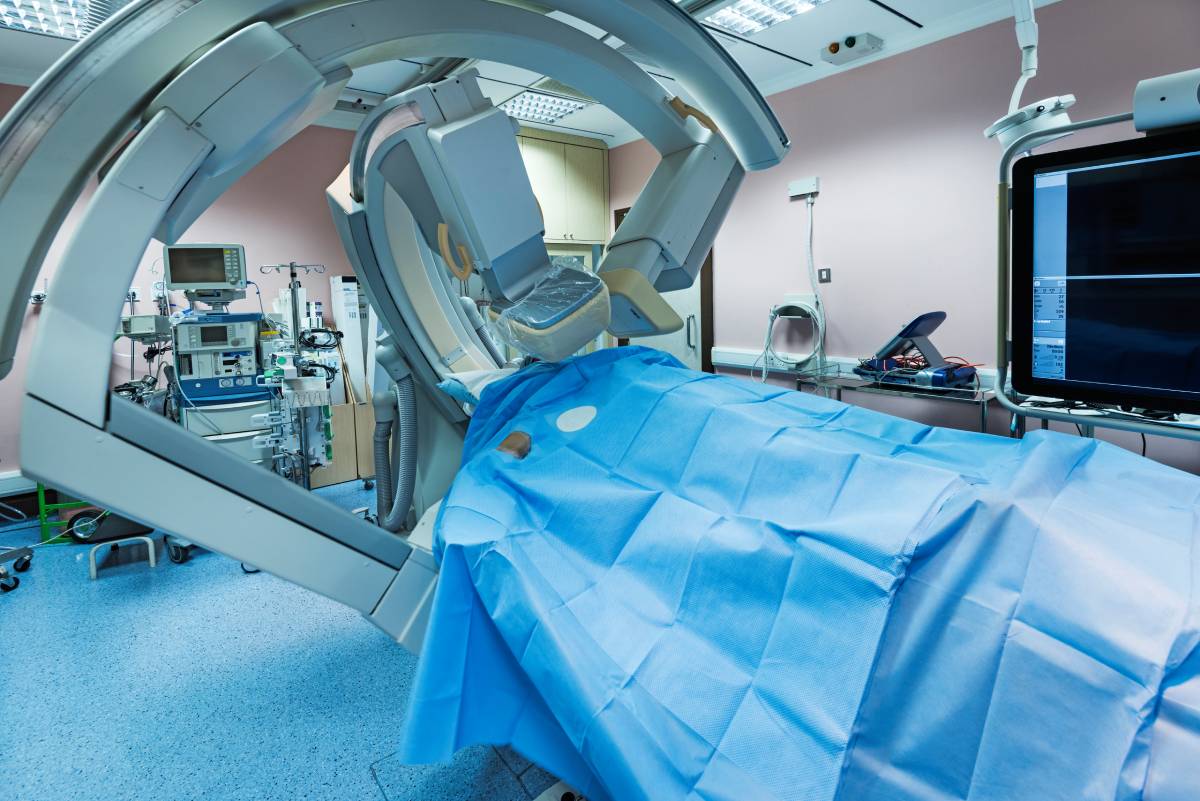Cardiology in Ambulatory Surgery Centers: Growth Outlook

Ambulatory surgery centers (ASCs) have many benefits. Patients benefit from equal or even improved outcomes at a lower cost; surgeons benefit from block scheduling, an efficient surgical environment, and equity; and payers benefit by covering procedures with the same or better quality at a lower cost. As a result, surgical procedures have and will continue to shift increasingly from a hospital to an outpatient setting. Today, The Healthcare Advisory Board predicts a nearly 30% increase in ASC volume by 2027. Cardiology in particular, following orthopedic and spinal surgeries, is one of the fastest-growing specialties in ambulatory surgery centers, and it is predicted that nearly 50 percent of all cardiovascular procedures will be completed in an ASC by the mid-2020s [1]. How can cardiology services prepare for this change? What are key considerations for ASCs in preparation for such growth? How can management and health care practitioners work together to this end?
Strong reimbursement rates, an increase in covered procedures, and a high percentage of complex procedures all make cardiology an attractive specialty for both new and established ASCs [2]. As such, adding cardiology as a specialty can be beneficial to ASCs and provides another way of ensuring that new and established patients receive high quality care. However, incorporating cardiology into an ASC’s scope of practice requires substantial preparation and investment, in terms of analytics and strategy, time, finances, and personnel.
ASCs need to thoughtfully plan ahead and assess the market, their contracts, and their finances to safely navigate the economics of adding a new specialty. First, an ASC needs to pay attention to revenue cycle management and evaluate market opportunities. To this end, it should conduct a thorough financial analysis, in addition to a careful evaluation of case mix and payor negotiated contracts. It should also understand well the expected number of interventions across procedure types, alongside how such a distribution might affect their profit margin [3]. Carefully negotiating effective managed care contracts will also be key. Second, an ASC needs to carry out proper contract management and negotiation. As such, ASC management needs to remain mindful of the impact of state legislature on its potential scope of practice. For example, there remain nine states in which a percutaneous coronary intervention cannot be legally performed in an ASC setting. Several other states require a Certificate of Need to this end. Finally, an ASC needs to focus on its operational efficiency. Understanding physician scheduling, inventory management, and performance metrics will be foundational to ensuring appropriate revenue growth [4].
Alongside advances in technology, an aging population, and improvements in safety and outcomes, cardiology, is growing and should continue to rapidly grow in the context of ASCs. Developing an outpatient cardiology facility or adding cardiology to an existing practice requires extensive planning and number-crunching, however – taking the time to focus on revenue cycle management, contract management, and business development is critical to ensuring a smooth rollout and a healthy growth outlook.
References
1. Home – Ambulatory Surgery Center Association (ASCA). Available at: https://www.ascassociation.org/home.
2. The business of cardiology in surgery centers. Available at: https://www.beckersasc.com/cardiology/the-business-of-cardiology-in-surgery-centers.html.
3. The Strategic Role of Ambulatory Surgery Centers Cardiology Care | DAIC. Available at: https://www.dicardiology.com/article/strategic-role-ambulatory-surgery-centers-cardiology-care.
4. Evolution of Care Within the Ambulatory Surgery Center. Available at: https://www.hmpgloballearningnetwork.com/site/cathlab/content/evolution-care-within-ambulatory-surgery-center.